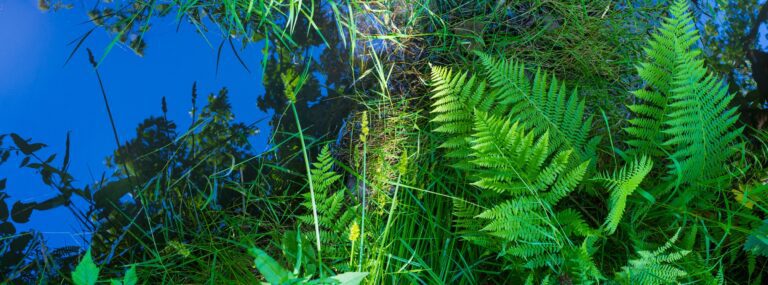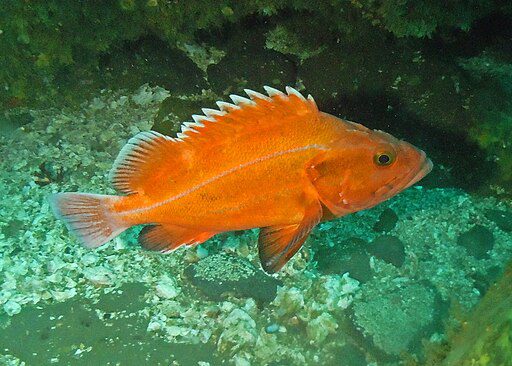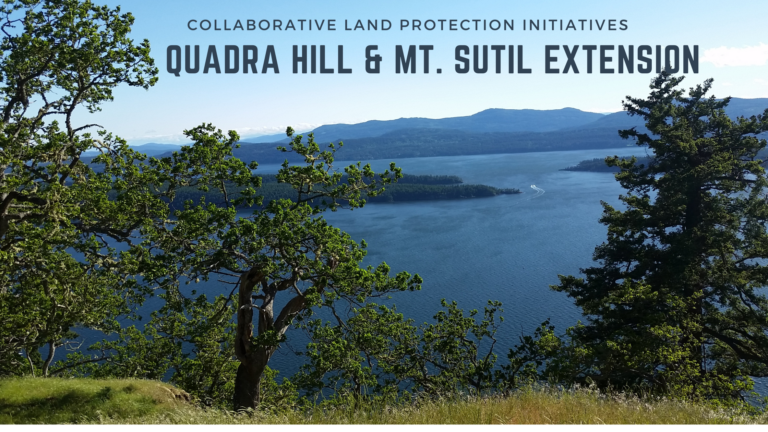Spaghetti worm image courtesy of http://www.sctoriesfrontporch.com/short-stories/on-the-job-with-brian-bingham
Galiano Conservancy Association Educators Emily, Frida, Ria, Sydney and Barbara had the chance to take students from Delta Secondary school out to Sum’nuw (Montague Harbour) for our Marine Investigations program. We had incredible low tides for the Free Exploration aspect of the program that allowed us to see some very cool creatures. This activity gives students a chance to explore the intertidal zone on their own and interact with animals such as the Spaghetti Worm (Thelepus crispus) in their natural habitat. These cool creatures build sand encrusted tubes on the bottom of rocks in the intertidal zone and extend their spaghetti-like feeding tentacles from the entrance in order to collect small organic food particles[1].
Later in the day, students brought their wildest imaginations to a meditative activity during the shell midden portion of the program.
Montague Harbour (Sum’nuw) is historically and presently a very important site for many Nations. Its abundance of food during summer months and sheltered bays made it a great site to spend the summer months and thus, Montague was home to many. The evidence of this past human activity takes the form of a shell midden, a “dumpsite” where shells and other artifacts were disposed of—some of which are over 3000 years old!
As guests on this stolen land, we are very lucky to have the opportunity to teach and learn here. While looking at the shell midden, part of the program is collectively acknowledging the historical events that have allowed us to be at Montague and that it was the effort of many Indigenous peoples caring for the land that enabled us to see this landscape as it is today.
We all took a moment to absorb the beautiful views while thinking about what the landscape would have been like 3000 years ago and what it might be like in the future. Some were convinced that our future is bright and that we, as humans, will be living sustainably on this planet for generations to come, while others were dreaming of flying cars or an Earth without any humans at all. What do you think our planet will look like in 3000 years?
Thank you Delta Secondary for joining us! We hope to see you again next year.
Have you booked your marine program for next school year?
Email us at bookings@galianoconservancy.ca


